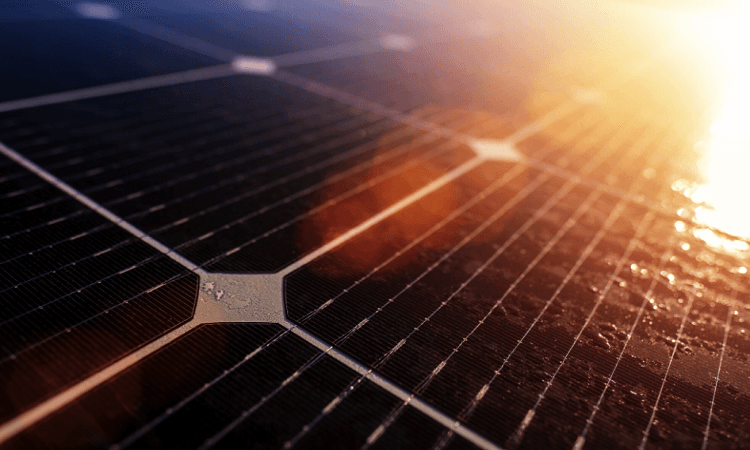On 20th January, President Biden signed the Paris Climate Agreement, officially signifying the nation’s renewed commitment to reducing climate change. That means we’re about to see some changes when it comes to sustainable living, and it all starts with renewable sources of power.
How Does Solar Power Work?
Wind, hydroelectric and geothermal energy are all sources of sustainable energy. Yet, solar power is by far the best known and most widely available of these.
Are you interested to start doing your bit for the environment? Keep reading to find out more about one of the most eco-friendly power sources around.
What is Renewable Energy?
Nowadays most electricity in the USA comes from burning fossil fuels like coal and gas. These substances occur deep below the Earth’s surface and it cost a lot of money to bring them to the surface.
It takes billions of years for these energy sources to replenish and our stocks are fast running out. Burning oil and gas is totally unnatural and the toxic gases generated by this practice cause rampant pollution in the Earth’s atmosphere.
Fortunately, there are other sources of power available – ones that will never run out and don’t create any noxious fumes. These two factors are what earns them the title, ‘sustainable’. Of these, the ever-present sun is the best renewable energy source known today.
How Do We Get Energy From the Sun?
The sun is an enormous, ever-active natural nuclear reactor. Every second of the day, the sun releases minuscule packets of energy, call photons toward the Earth.
It takes these bundles of energy about 8 minutes to travel the 63 million miles to reach our planet. In theory, enough photons reach the surface of the Earth in one hour to meet our energy needs for an entire year.
Now, thanks to advancements in capturing this energy, we can harness this power to suit our needs without harming the planet in any way. Here’s how solar panels perform this miracle of modern times.
The Inner Mysteries of Solar Panels
The basis of any solar system is the solar cell. Photons from the sun contain vast amounts of electrons. When these photons come into contact with a solar cell, the electrons detach from their atoms.
The atoms contact negative and positive conductors on the sides of the solar cell and form an electrical circuit aka an electrical current. Every photovoltaic solar panel contains many of these solar cells.
These PV solar panels create direct current (DC) electricity, which means the electrons flow in one direction in the circuit.
Most homes in the US use AC electricity, which alternates directions as it flows through a circuit. So, to harness the power of solar, you need an inverter to convert solar DC power into AC power that you can use in your home.
Storing Solar Power
From the above, it’s pretty obvious that solar power doesn’t work at night or in very cloudy conditions. Fortunately, the sun’s got plenty of energy to spare and since batteries also run on DC power, they’re the perfect solution for storing it.
The more batteries you have attached to your solar panels, the more energy you can store. You can even sell some of this energy back to power companies who use it in place of energy generated by conventional means.
This works via a switchboard attached to your inverter. The switchboard sends AC electricity into your home’s electrical system and monitors your solar production.
When solar power’s running low, the switchboard allows you to access the main electrical grid. When you have electrical power to spare, the switchboard transfers this extra energy back to the grid.
If you have solar power, you must have a bi-directional meter that keeps tabs on how much power goes back to the grid. This net-metering system ensures you receive credits for every electron you give back.
The more solar panels you have, the more power you can generate, and the more batteries you have, the more you can store.
At present, this technology’s relatively expensive to install at the outset, especially if you have a large home. The greater your energy needs, the more panels and batteries you’ll need.
Large Scale Solar Power Sources
It’s possible to collect solar power for mass consumption using CSP (concentrating solar-thermal power) systems. These large solar systems use mirrors to bounce sunlight onto receivers.
The receivers convert this energy to heat which in turn produces electricity.
What’s the Cheapest Way to Get Solar Power?
Thanks to the competitive market at the moment, you can save on a solar power installation. A quick Google search for ‘solar providers near me‘ will reveal a host of companies offering great deals and finance on new installations.
Remember, most states offer fantastic rebates when you make the change to solar too. A little research and number crunching will reveal the perfect solution for you.
Solar Power is the Way of the Future
Apart from ensuring the future of our planet, you’ll also benefit from enormous cost-savings when you opt for solar power. If you’d like more tips on living sustainably or saving money, keep browsing our website.
